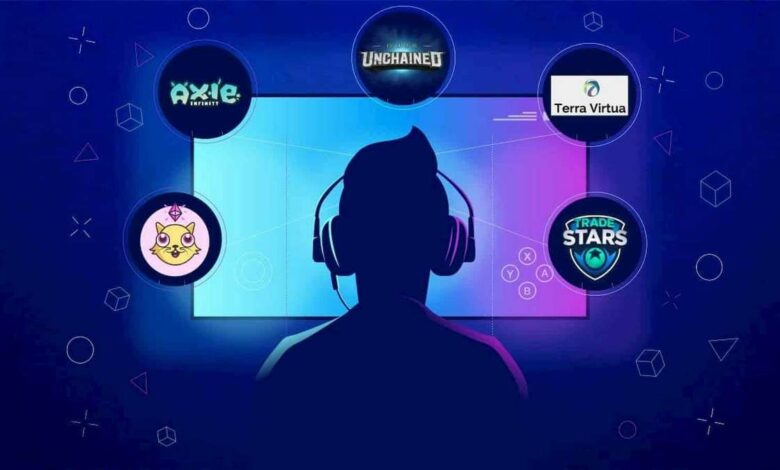NFT Game Development – What are the benefits?

Are you looking to develop the next big blockchain-based game? If so, then NFT (Non-Fungible Token) game development is something you should consider. With the recent rise in the popularity of cryptocurrency and blockchain technology, more developers are starting to focus on building games based on these technologies. NFTs have quickly become one of the most popular ways for developers to create digital assets that can be traded on a decentralized network in an open market.
This article will give you a comprehensive introduction to NFT game development company and present some of the advantages and challenges associated with it. We’ll provide detailed explanations of what an NFT is, how it’s used in game development, and why it’s important for developers to be aware of this technology when making their games. At the end of this article, we’ll also provide several key tips for developing NFT games successfully.
Benefits of NFT Game Development
NFTs (non-fungible tokens) have been around for a while but recently, they’ve gotten more attention due to the crypto and blockchain revolution taking the world by storm. NFTs are used for many different applications, from establishing ownership of digital assets to creating cryptocurrency-based games. Here we will explore the benefits of incorporating NFT into game development.
- Provide Tradable Assets
One of the biggest benefits of using NFTs in game development is that it allows players to create tradable assets on a digital platform. The tradability is enabled by smart contracts and makes it possible for players to not only buy, sell and trade various pieces of their digital collection but also store them securely with immutable records in a distributed ledger system – all without any intereference from third-party services or developers.
- Create Incentives for Players
Incorporating an NFT program is also an excellent way to keep players engaged through incentives. When players purchase limited-edition items or acquire rare virtual gifts, they are incentivized by the opportunity to upgrade their gaming experience or earn special rewards. Therefore, an effective NFT program can be a great motivator for increasing user acquisition and retention rates as well as improving general gameplay experiences.
- Increase Monetization Opportunities
Another significant benefit of using NFTs in game development is that it can dramatically increase revenues for developers as well as gamers who purchase digital assets with cryptocurrency tokens such as Ethereum and Bitcoin. This type of monetization model can help developers gain additional income streams while providing gamers with tangible rewards, thus making games more exciting and enjoyable overall.
- Allow Players to Create Unique Experiences
Finally, incorporating an NFT token system provides players with greater control over their gaming experiences since they now own unique digital assets that cannot be replicated. With these new pieces of virtual equipment and other collectables, users are able to craft worthwhile gaming experiences that cannot be had anywhere else – thereby increasing the value of each game experience even further.
Essential Steps/Processes for Developing a NFT Game
Non-Fungible Tokens (NFTs) have seen a rise in popularity since their creation, offering a myriad of opportunities for developers to create games and experiences. Although developing an NFT game can seem daunting at first, it is possible with the correct steps. Here’s a list of essential steps and processes to consider when developing an NFT game:
- Research the NFT Platform You Will Use
When you are ready to get started on your NFT game, the first step should be to research the platform you want to use. You need to understand how the platform works, what assets are needed to create an NFT, and other crucial information that will help you succeed in creating your game. Familiarizing yourself with multiple platforms can also help you form an understanding of which features they offer and how they differ from one another.
- Develop a Storyline That Engages Your Players
When you have chosen the dedicated development team by Moonmana for your game, the next step is to develop a storyline that engages players. Your story should be compelling enough for players to become immersed in it, making them feel like they need to continue playing in order to uncover new paths for success in the game. Narratives should also introduce characters who may interact with players throughout their journey as part of engaging storytelling elements.